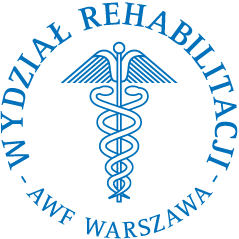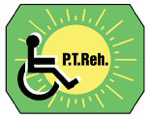


|
Current issue
Archive
Manuscripts accepted
About the journal
Editorial board
Reviewers
Abstracting and indexing
Contact
Instructions for authors
Publication charge
Ethical standards and procedures
Editorial System
Submit your Manuscript
|
4/2022
vol. 36 abstract:
Original article
Equilibrium coordination tests among children: a feasibility study
Nidhi Sharma
1
,
Asir John Samuel
1
Advances in Rehabilitation, 2022, 36(4), 1–7
Online publish date: 2022/11/16
View
full text
Get citation
ENW EndNote
BIB JabRef, Mendeley
RIS Papers, Reference Manager, RefWorks, Zotero
AMA
APA
Chicago
Harvard
MLA
Vancouver
Introduction
Normative reference scores for most of the equilibrium coordination tests were not established Hence, we aimed for feasibility of establishing the normative reference scores of sideways walking, tandem walking, cross-stepping, heel walking and toe walking among children so that the methodology, procedures, and limitations could be taken into account when large scale study will be conducted. Material and methods A cross-sectional study was conducted where 284 children (148 males and 136 females) of age group 8-15 years were recruited from a senior secondary school to perform 5 equilibrium coordination tests. Children were asked to perform all tests in random order and the time taken [in seconds] (s) was recorded. The mean of three readings were used for statistical analysis. The normality of the data was assessed through the Kolmogorov Smirnov test. The descriptive statistics have been described in geometric mean (GM) and 95% confidence interval (CI). Results Age, weight, height, and BMI of the recruited children were 10.8 ± 2.4 years, 33.2 ± 10.6 kg, 138.6 ± 11.7 cm, and 16.8 ±2 .9 kg/m2 respectively. The normative data of the trial for sideways walking, tandem walking, cross stepping, heel walking, and toe walking come out to be 23.7 ± 8.8 seconds, 37.7 ± 6.7 seconds, 33.9 ± 11.3 seconds, 18.6 ± 8.8 seconds, and 14. 5± 11.2 seconds respectively. Conclusions The study was found to be feasible to conduct a large scale study more sample population such that the data can be generalized to the global population. keywords:
children, walking, coordination, postural balance, normal range |
    |